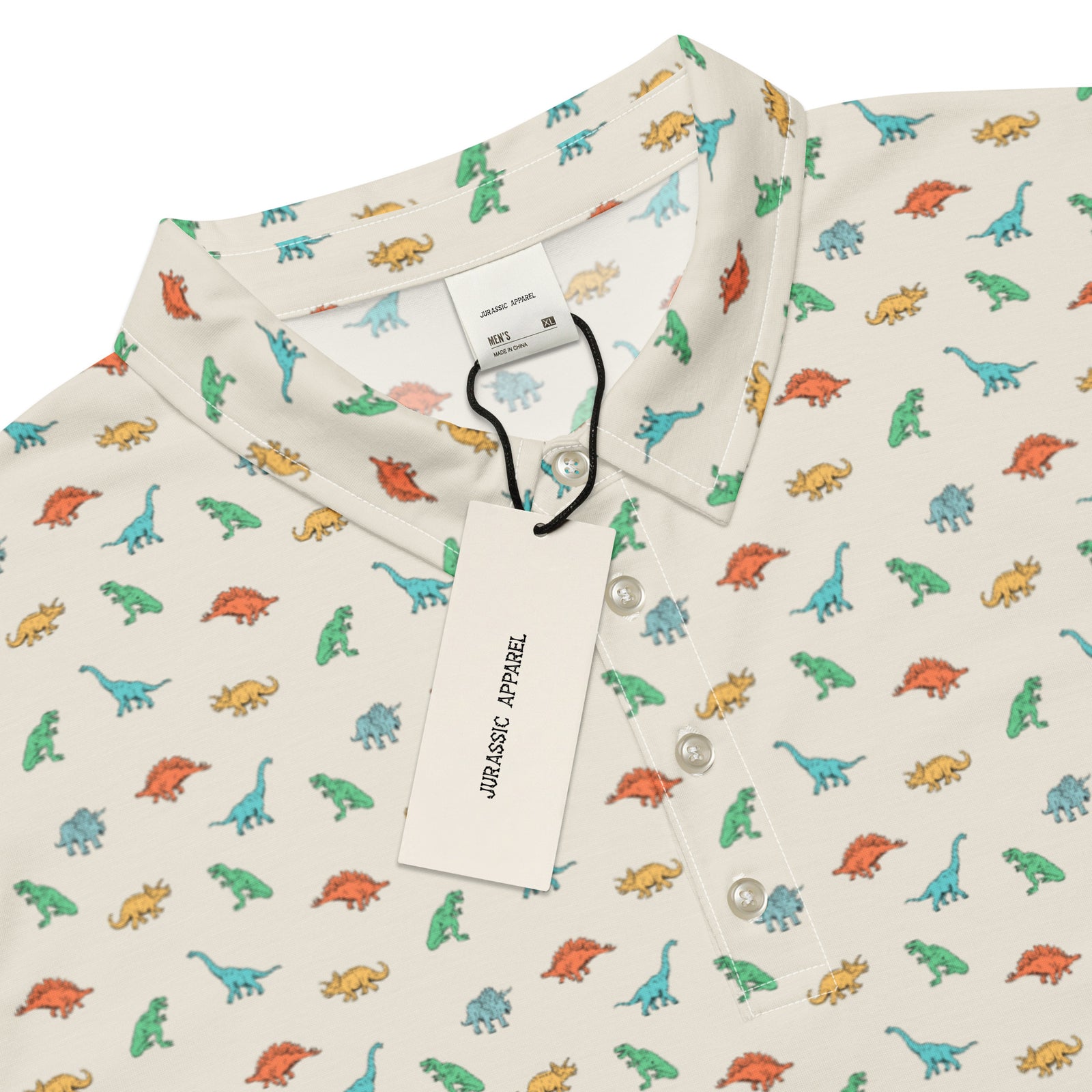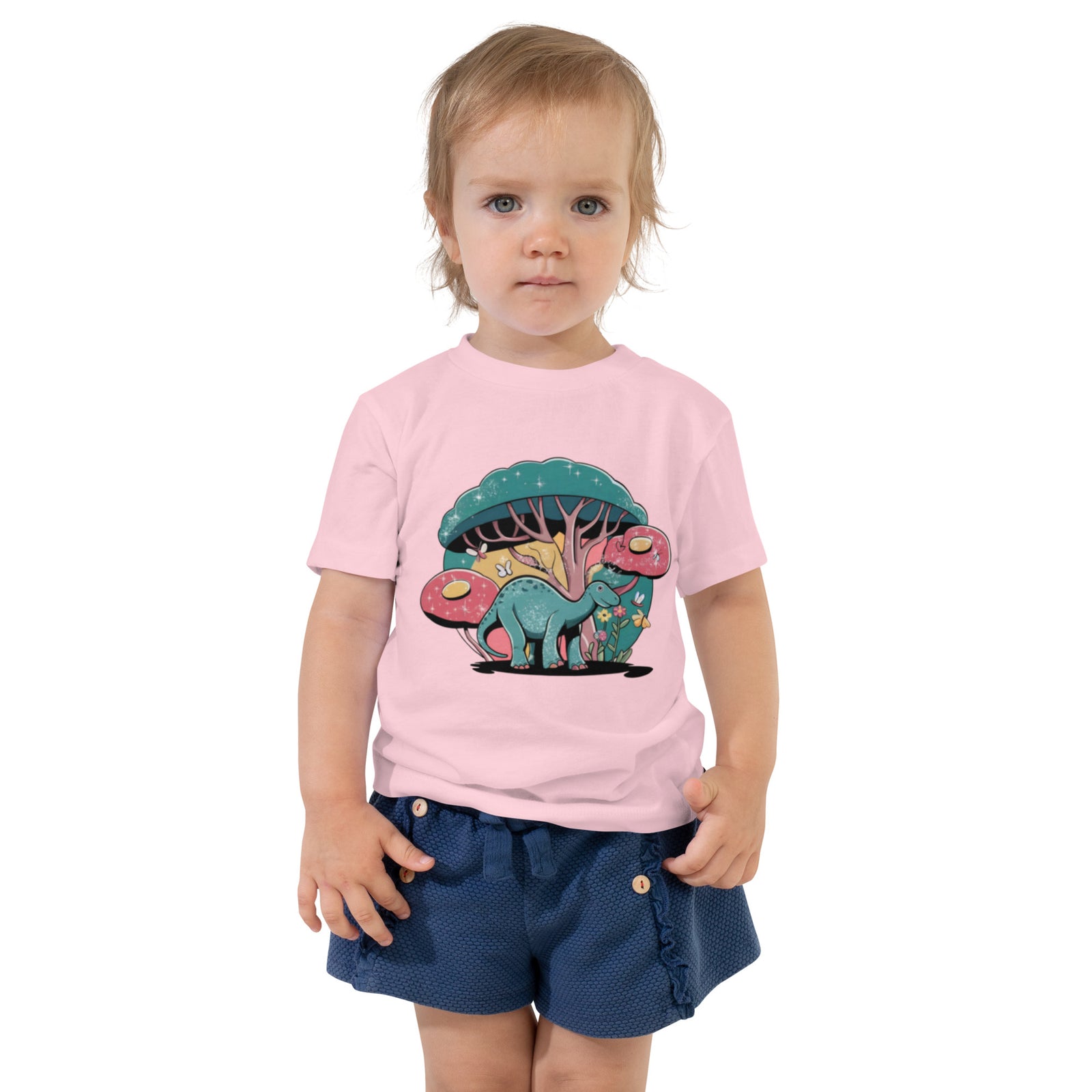Free Shipping On Orders over $75
Free Shipping On Orders over $75
Women's
Men's
Kids
Baby/Toddler
Accessories
Eolambia
July 31, 2024 2 min read

(AI Interpretation)
Eolambia: A Look at this Remarkable Dinosaur
Dinosaur Facts:
- Dinosaur Type: Ornithopod
- Period: Late Cretaceous
- Diet: Herbivore
- Length: Approximately 6 to 8 meters (20 to 26 feet)
- Height: About 1.5 meters (5 feet)
- Weight: Roughly 1 ton
- Notable Features: Unique bone structures suggest a possible social behavior and specialized adaptations for foraging
Eolambia for Kids
Meet Eolambia! Eolambia is an exciting dinosaur that roamed the Earth during the Late Cretaceous period, over 70 million years ago! It belonged to a group of dinosaurs called ornithopods, which were known for their ability to walk on two legs or four.
What did Eolambia look like? Eolambia had a long neck, a slender body, and strong legs. It is believed to have a beak-like mouth suitable for stripping leaves off trees and shrubs, helping it thrive in its lush habitat.
What did Eolambia eat? This dinosaur was a herbivore, meaning it ate plants. It likely fed on ferns, flowers, and other vegetation available in its environment.
In-Depth Look at the Eolambia
Anatomy and Physical Features Eolambia had some remarkable anatomical features. Its elongated limbs allowed for agility and quick movement, while its flat skull was adapted for a diet of herbaceous plants. Some paleontologists suggest that Eolambia may have had adaptations that enabled it to rear up and reach higher vegetation, akin to behaviors seen in some modern mammals (https://www.nhm.ac.uk/discover/dino-directory/eolambia.html).
Behavior and Habitat Found primarily in what is now Utah, Eolambia thrived in diverse ecosystems characterized by rich flora. Its social behavior is a subject of ongoing research; however, fossils indicate it may have moved in small herds, similar to modern-day herbivorous creatures (https://www.britannica.com/animal/Eolambia).
Scientific Discovery and Research Eolambia was first described scientifically in the early 1990s, when fossils were discovered in the Price River Canyon region. These findings have led to extensive research into its classification and evolutionary lineage among ornithopods (https://ucmp.berkeley.edu/diapsids/eolambia.html).
Social Behavior and Adaptations While Eolambia was primarily herbivorous, its social structure may have played a crucial role in its survival. By moving in groups, they could better defend against predators of their time, which included large theropods (carnivorous dinosaurs).
Eolambia in Popular Culture Eolambia may not be as widely known as some other dinosaurs, but it makes occasional appearances in specialized documentaries and books about prehistoric life, helping to educate people about its existence and the ecology of the Late Cretaceous period.
Ongoing Research and Discoveries As new fossil findings continue to come to light, paleontologists are hopeful they will reveal more about Eolambia’s unique adaptations and lifestyle. Its role within the ecosystem of its time remains a fascinating topic, with ongoing studies and fossil analysis contributing to our understanding of its biology and behavior.
Conclusion Eolambia is a striking example of the diversity of life during the Late Cretaceous period. With its adaptability and fascinating features, this dinosaur continues to capture the imagination of researchers and dinosaur enthusiasts alike, offering insights into ancient environments and the creatures that once roamed them.





